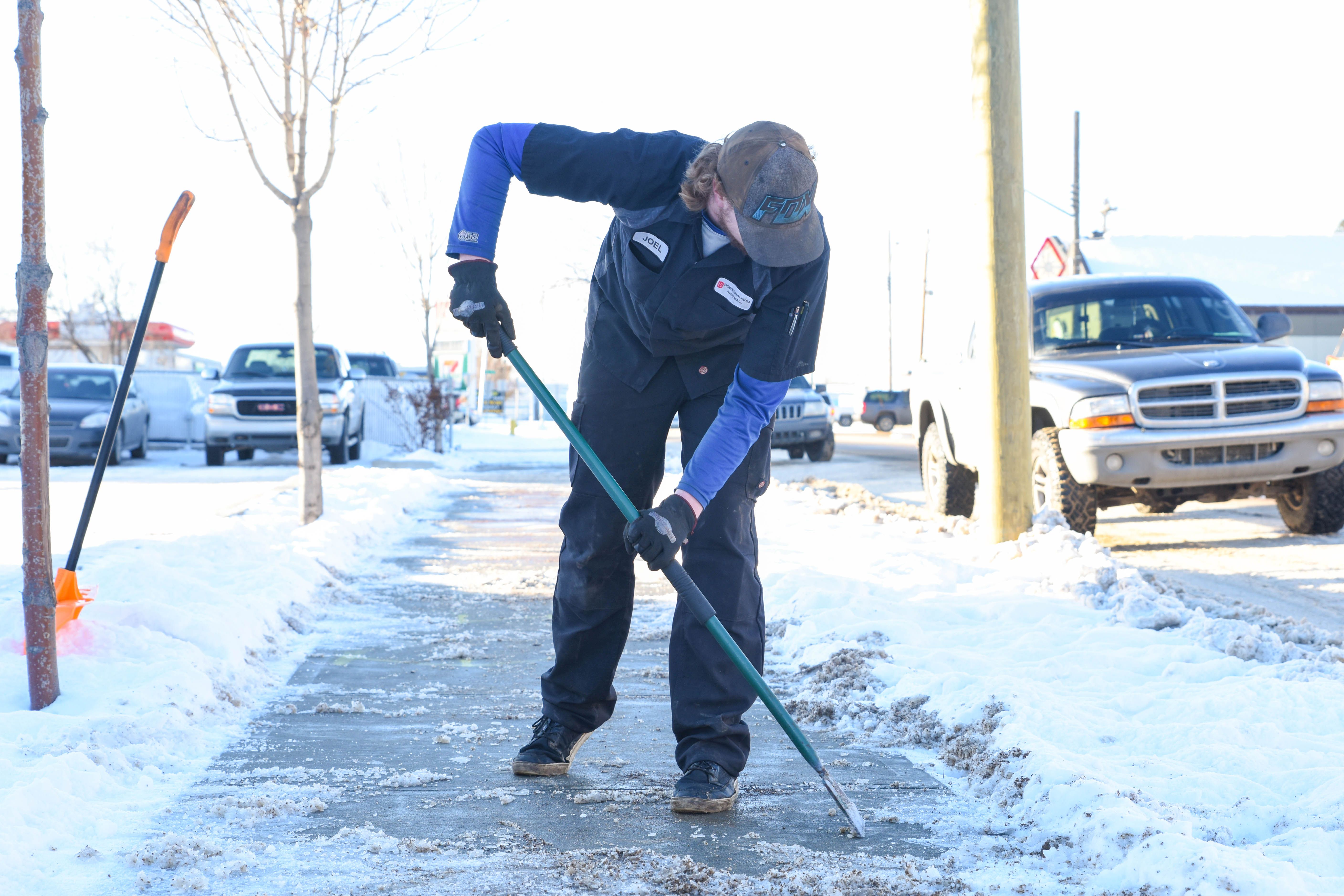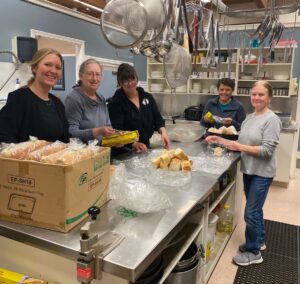
Residents could see things happening a little differently later this year when snow blankets the landscape once again. At a recent Policies and Priorities Committee meeting, members heard from the Director of Infrastructure Services Kamruz Zaman on a pilot project on snow removal for Priority 4 residential roads. “Our current practice for the residential areas, after a snowfall, after clearing all of Priority 1-3, we go to Priority 4, and we plow to the side of the street, alternating years. We have been reviewing this procedure.”
With the crazy weather this year wreaking havoc on snow-covered roads and sidewalks, staff began looking at things differently to see what could be done. To deal with the extreme weather, they used a new program at the tail end of the season and are now looking to test it further. “It has proven successful. We are requesting (it as) a pilot project this year to see how we can show our efficiencies and effectiveness in providing this service to the residents.”
Town CAO Peter Smyl explained that Council had requested snow removal be looked into, and this pilot project resulted. Smyl said that when he brought the request to the crew, they were already looking into it. “This year, we dealt with some extreme weather situations where I think within 24 hours it was a thirty degrees difference which caused some concerns on packed lanes. Kamruz and his crew have been working on different scenarios. Today we are only looking at Priority 4 and are not dealing with major arteries or collector roadways or bus routes,” said Smyl.
The pilot project, Blades On The Street (BOS), would involve plowing snow to the middle of the road and picking it up rather than plowing it to the sides of the street. Smyl said that in talking with the staff, he heard positive comments about the process and said the benefits of using it were huge. “We would like Council’s blessing in looking at this option. We think it would be successful. When we have a lot of snow on the roads, sometimes we are dealing with safety factors such as narrow roads or catch basins that are frozen, and that won’t exist because the snow isn’t going to be on there.”
The plan, Smyl explained, would be to test out the program this year and then, if it works well, Council could review the Snow Removal Policy and make any necessary changes. “It is something that has a lot of benefits, and I don’t see a lot of disadvantages. One of the big things is that we have the equipment currently, right now, in place.” With all the questions asked and answered by speaking with the crew, Smyl felt they had proven “everything to us to make the recommendation to you.”
Machinery not having to dig through thick ice and snow built up over the winter will save on wear and tear. Smyl spoke of a snow blower breaking seven sheer pins in front of his house when dealing with ice chunks and said that picking snow up while it’s still soft would eliminate that scenario.
Zaman added that with the project, residents would see changes to sidewalk clearing because there would no longer be alternating sides, where homeowners on one side don’t have to shovel the sidewalks while the other does. “We are not going to push the snow on the sidewalk anymore. For this new system, we are going to plow to the middle of the street and then haul it away.”
The current policy states that homeowners don’t have to shovel snow off sidewalks once crews plow snow onto them. That still stands in the event of heavy snowfall or continuing snowfall where crews have to temporarily abandon lower priority routes to keep higher priority routes clear. If crews have to temporarily plow snow onto the sidewalks, they will eventually clear them.
“The goal of the new program, everyone would be clearing their own sidewalks as the Town wouldn’t be plowing onto them. It’ll be easier for residents when walking, not having to jump from the sides of the street,” explained Smyl. It would also mean infrastructure such as drains and power boxes won’t get covered.
With the current practices of plowing to the side of the streets, crews handle the snow at least twice, increasing the time it takes to remove it. With snowmelt, catch basins backup, making for icy intersections and streets are narrowed from the building piles, causing sightline issues and complaints from residents. With snow remaining on the ground, crews use more sand and gravel, which ends up all over sidewalks and lawns in the spring, and when clearing, graders make more than one pass on wider streets, increasing the risk of incidents. Then there are the increased breakdowns as equipment deals with the compacted snow and ice.
With the BOS system, blades don’t leave the street, plowing to the centre from curb to curb with pickup to follow right away. This system would take ten days to clear the valley and uptown residential Priority 4 roads, including cul-de-sacs, instead of the twelve days it takes with the old system. There are possible cost savings with the switch, but crews won’t know until they evaluate the numbers next year. One potential cost increase is in the rental of snow haul trucks, but savings in other places, like less lawn sweeping, might balance it out.
The only disadvantage listed was that there would be an increase in staff and equipment time to clear sidewalks adjacent to public property and that they would know how that increase balanced out when they evaluate things next year. The Policies and Priorities Committee unanimously recommended that Council pilot the Blades On The Street for the 2022/2023 season.







More Stories
Gearing up for another season of cars, cruising and camaraderie
Big dreams lead a talented local youth to Nashville
It’s Youth Week in Whitecourt until Friday